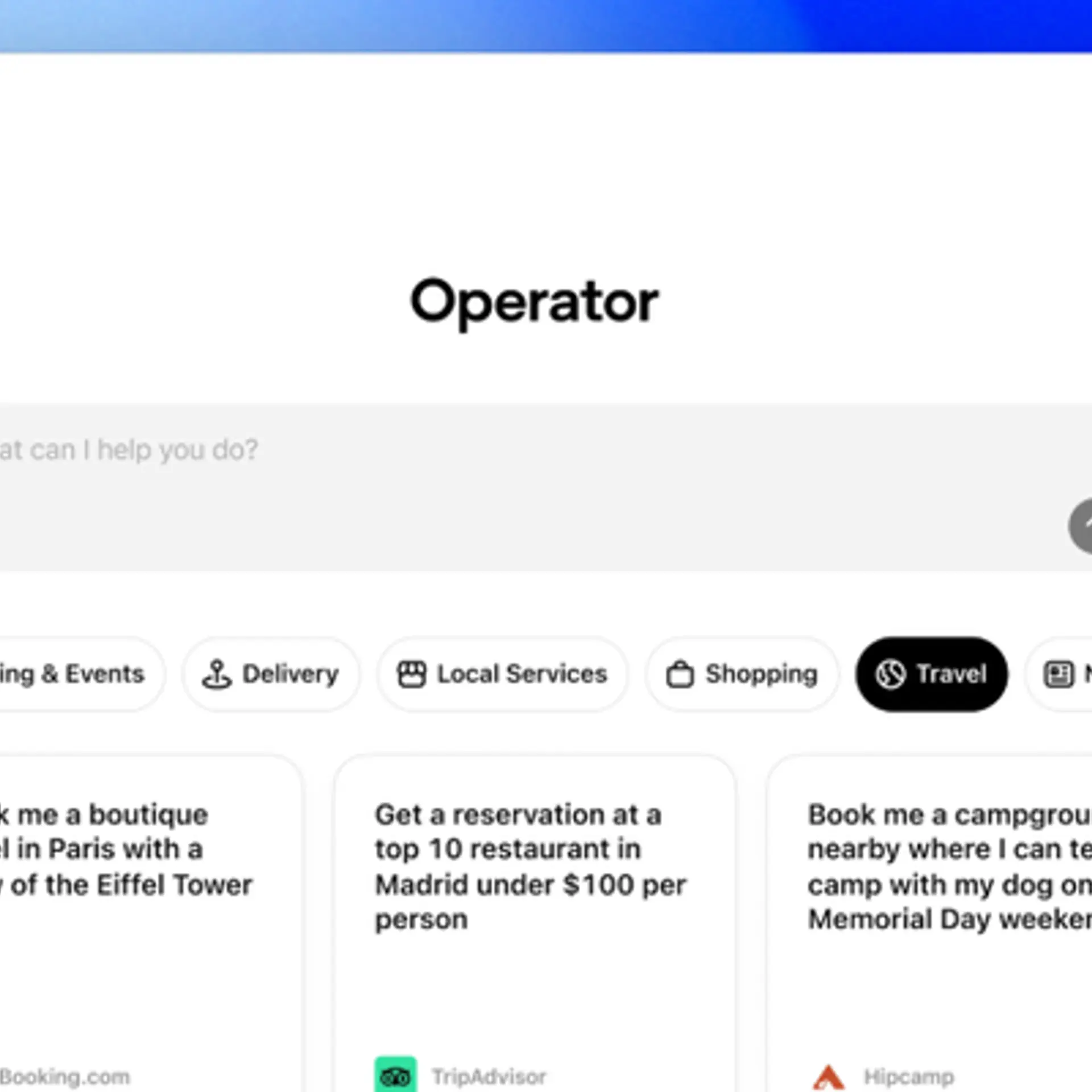[Product Roadmap] Using tech, how Khatabook made incremental shifts in its product to touch 10 million users
In this week’s Product Roadmap, we feature Khatabook, the MSME focussed fintech startup based out of Bengaluru. The startup has over 10 million monthly active MSMEs on its platform.
Digital ledger app tag line reads “Digital India ka Digital Khata” - and it could not be more apt than this for a platform that today has one of the largest MSME network in the country.
Back in 2016, Khatabook co-founders Ravish Naresh, Ashish Sonone, Dhanesh Kumar, Vaibhav Kalpe, and Jaideep Poonia realised that the khata or ledgers that every MSME in India carries for book keeping needed to be digitised, and someone had to do it with urgency.
“We addressed the challenges that MSMEs faced around manual data entry errors, calculations, lack of real-time visibility of business transactions, and data loss due to physical handling of books," says Ravish Naresh.
"But, the most significant value add that we provided to our user base was the instant trust our merchant users were able to build with their customers using this app. The physical ledger notebook entries in India are maintained only by the seller, and customers often don’t remember the transaction that took place on a specific date in the past,” he adds.

With Khatabook, merchants added their customers to the app, bringing real-time visibility of all the transactions to both parties. The app drastically reduced the back-and-forth conversations around past transactions between sellers and buyers. In addition to all these, features like automated payment collection reminders on the Khatabook app resulted in better cash flow management and overall business efficiency for MSMEs.
Khatabook experienced a hockey stick growth curve as soon as they launched their product.
Kyte to Khatabook
With over 10 million monthly active users in the form of MSMEs from almost every district in India, who bring with them more than 264 million customers on the platform, it is no wonder that Khatabook today has one of the largest MSME networks in the country.
When it first launched, the basic version of the app had two features related to the customer list and transaction list. The team built the first version of the app with login, signup, online data backup, SMS integrations, business cards, etc.
“The initial team worked on this for about three months, and launched the app in January 2019. We started a more structured approach with human resources planning, processes, and technology after the app launch. The growth was swift for us, so we immediately started focusing on building a team to manage the growth trajectory,” adds Ravish.
When they started in 2016, the app was Kyte.ai, a digital spend manger app, with a focus on helping users understand expense patterns using SMS alerts. As SMS alerts follow digital transactions, the team felt it was a good entry point to make sense of users’ financial state.
Kyte had seen good traction and user reviews initially, but the team quickly realised something was amiss when their intelligent SMS inbox did not reach the expected growth scale. A quick examination of their user profile led them to understand that the user base was restricted to metros.

Khatabook founders
Incremental shifts
And increasingly, new online users were emerging from Tier II and III India. Digging deeper, they found that first-time online users did not deal in digital transactions, but still relied on the traditional khata, or ledger book. That is when the idea for Khatabook materialised.
More than half the MSME segment come from rural and semi-urban regions. It was now evident to the Khatabook team that their product journey needed to be incremental, not radical.
“In our early days, we introduced significant changes at one go, which, of course, changed the UI. Our users thought it's not the same Khatabook app anymore and started dropping off the app. We learnt that innovating for Bharat needs a slightly different approach than innovating for the tech savvy urban India. Hence, user listening and feedback had to be at the core of everything we do. The user behaviour we are addressing now is very different from conventional tech users,” explains Ravish.
The ‘Bahi Khata’ MVP
The MVP for building Khatabook was replicating India’s bahi khata, or book of accounts, within the app. “While the team wanted users to digitise their offline workflows, we were mindful not to change the style of maintaining the bahi khata,” recalls Ravish.
Even today, there is a notebook-style translation record page in the app. Other significant considerations were building a common language to capture upstream and downstream supply chain transactions for retailers, and SMS integration between merchant users and their customers.
“The first product had a simple UI, and proved to be very convenient for users. We still maintain simplicity as a guideline for product development. For Khatabook, there have been UI level changes, but core functionality has not changed in the past 2.5 years,” says Ravish.
In a country as linguistically diverse as India, language inclusion is another major factor for scaling the product. “Early in our product development journey, we introduced 13 Indian languages. And Cashbook by Khatabook is available in both Urdu and Arabic with a right-to-left app layout,” informs Ravish.
Khatabook’s early days consisted of a pure ledger functionality with an SMS feature for every transaction recorded. “We then incrementally introduced new features like business cards, payment integration, staff invoicing, etc,” he adds.
Today, the platform has created a complete digital ecosystem for MSMEs by providing digital solutions for various pain points seen in business management. Besides Khatabook's flagship digital ledger and finance management capabilities, the company has introduced -
- Pagarkhata by Khatabook, a staff management platform for businesses to help merchants digitise staff attendance, payroll, wages, send automatic updates of attendance, leaves, payments, bonuses, work-timings, etc. seamlessly. Over 2.5 million businesses across the country rely on Pagarkhata for their staff management needs. The team has also partnered with Workindia to help MSMEs with efficient hiring through the Pagarkhata platform.
- Cashbook - for those who want a digital solution for cash handling and tracking only. Cashbook helps with cash sales and expense management. While it is available as a feature within the Khatabook app, we have a full functionality exclusive Cashbook android app for those who are only looking for cash and expense management requirements.
- Biz Analyst by Khatabook - a SaaS business management solution integrated with the Tally ERP9 ecosystem to offer premium value-added services. Users can access on-demand sales and purchase reports, livestock updates, and other MIS reports, thus allowing a bird's-eye view of their business operations.
User feedback loop
All the apps have user profile synergy with more than a third of the flagship Khatabook app's user base. With this digital portfolio, Ravish adds they are not only digitising various functions for MSMEs but also digitising the entire MSME value chain by providing solutions catering to small retailers to large retailers to wholesalers, distributors, and even manufacturers.
User feedback is at the core of the product and tech efforts. The team has multiple channel feedback models in place. Besides AB testing experiments with different cohorts of users, the team have made sure to have a robust customer support team in place.
“From time to time, we roll out product feature specific surveys, and Product Managers and designers are constantly in touch with users on a weekly basis. We feel that Khatabook users are very open to having long conversations and sharing their detailed app experience. This user characteristic has contributed a lot to the growth of the product. Besides, we also observed that word of mouth works exceptionally well in India’s MSME retail community. Our marketing campaigns on Tiktok (formerly), Hotstar, etc., were highly successful with customer acquisitions,” adds Ravish.
Some of the other players in the space include - PagarBook, OkCredit, LendingKart, Five Start Finance, etc.
The SME segment is fast growing. A study by Google-KPMG showed that digitally empowered SMEs have about twice the revenue growth projections compared to offline SMEs.
Khatabook recently raised $100 million in a Series C funding. Product wise, with these new funds, the team now aims to focus on financial services disbursement through its software ecosystem catering to 10 million monthly active MSMEs.
YourStory’s flagship startup-tech and leadership conference will return virtually for its 13th edition on October 25-30, 2021. Sign up for updates on TechSparks or to express your interest in partnerships and speaker opportunities here.
For more on TechSparks 2021, click here.
Applications are now open for Tech30 2021, a list of 30 most promising tech startups from India. Apply or nominate an early-stage startup to become a Tech30 2021 startup here.
Edited by Anju Narayanan


![[Product Roadmap] Using tech, how Khatabook made incremental shifts in its product to touch 10 million users](https://images.yourstory.com/cs/2/a9efa9c02dd911e9adc52d913c55075e/Khatabookteam-01-1629810240935.png?mode=crop&crop=faces&ar=2%3A1&format=auto&w=1920&q=75)
![[Product Roadmap] How XpressBees makes over one million orders every day through its logistics platform](https://images.yourstory.com/cs/2/a9efa9c02dd911e9adc52d913c55075e/Xpress-34-1629218033690.png?fm=png&auto=format&h=100&w=100&crop=entropy&fit=crop)
![[Product Roadmap] How Indifi Technologies used tech to disburse over 35,000 SME loans](https://images.yourstory.com/cs/2/721b1c100eb911eb936a1114ea00a5c0/IMG0129-1628607262798.jpeg?fm=png&auto=format&h=100&w=100&crop=entropy&fit=crop)




